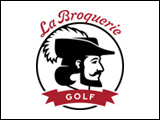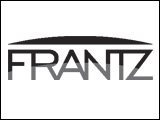An Extension Swine Specialist with Kansas State University says, by substituting less costly ingredients into the diets of weanling pigs, producers can lower their production costs without sacrificing productivity.
Diets for weanling pigs that are less costly but as effective will be among the topics discussed this week as part of the 2012 Banff Pork Seminar.
Dr. Bob Goodband, an extension swine specialist with Kansas State University, emphasizes getting weaned pigs off to a good start when they transition from a liquid diet on the sow to a dry diet in the nursery is key.
It’s very important for future growth performance and feed efficiency that those pigs perform as well as they can to ensure good future growth performance.
One of the things that we’ve been looking at in our research program here at K-State is trying to lower diet cost yet maintaining some of the key important ingredients that we like to include in baby pig diets to stimulate feed intake and get them off to a good start.
Ironically here in the United States and I think it’s probably filtered through to Canada, if you recall the oil-spill in the Gulf of Mexico a few years ago really dramatically cut into the supply of fishmeal that we use in baby pig diets and so, as a result, we’ve been looking at alternatives to fishmeal that would hopefully lower diet cost.
A lot of the specialty protein sources like fishmeal, like dried whey, like spray dried animal plasma that we include in baby pig diets, we’re always looking to fine-tune their fortification in the diet to help minimize or lower diet costs for people.
Dr. Goodband acknowledges the economic implications will vary but producers he’s worked with are saving in the neighborhood of 50 cents per pig by changing their starter programs.



